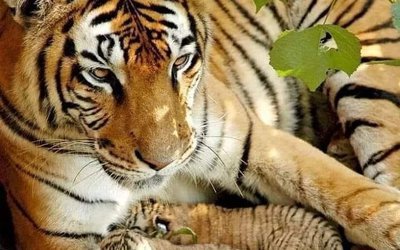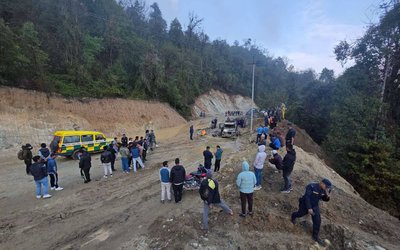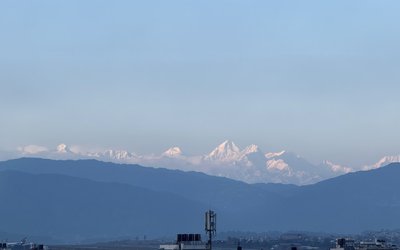
The Ghodaghodi Lake is a wetland jewel in the flatland of the Far Western Terai. It is the main lake of a wetland complex that consists of 13 large and shallow lakes and ponds, including Nakhrodi Lake and other marshes and meadows. Together, they form a wetland corridor connecting Bardia National Park with the Suklaphanta Wildlife Reserve. The Ghodaghodi Lake Area has been protected under the Ramsar Convention since 2003 says online Far West.
According to Wikipedia, Ghodaghodi Tal is a Ramsar site in western Nepal. Established in August 2003 it covers an area of 2,563 ha (6,330 acres) in Kailali District at an altitude of 205 m (673 ft) on the lower slopes of the Siwalik Hills.

This Ramsar site consists of a system of around 13 large and shallow oxbow lakes and ponds with associated marshes and meadows. It is surrounded by tropical deciduous forest and some streams along the periphery, which are separated by hillocks.

Flora
The lake has record of 388 vascular plants: five ptredophytes, 253 dicots, and 130 monocots.
Fauna
The forest and wetlands serve as a wildlife corridor between the Terai lowland and the Siwalik Hills. They support critically endangered and vulnerable species including Bengal tiger, smooth-coated otter, Eurasian otter, swamp deer, lesser adjutant stork, marsh crocodile, red-crowned roofed turtle and three-striped roofed turtle.

Ghodaghodi Lake Area is an important habitat for birds in Nepal. It acts as a staging post for migrating wetland birds and is home to both native and overwintering species. A total amount of 140 bird species have been recorded in the lake area, including the globally threatens (vulnerable) “Lesser adjutant” and the near-threatened “Darter”. The area is also a habitat for other endangered and vulnerable mammals and reptiles, including the Bengal tiger, the smooth-coated otter and the mugger crocodile.

The lake’s name is derived from the Nepali word for “horse”. According to the legend, God Shiva and Goddess Parvati used to turn into horses and circle around the lake. Today, Ghodaghodi Lake is still an important place of worship for the local Tharu people. A small temple is located on the banks of the lake. Many Tharus gather during the Agahan Panchami and Maghi Festivals. Here, they offer horses, elephants, and tigers made out of clay to the Goddess Gauri Mata in order for their wishes to come true. Since this is still a tradition today, a lot of clay horses can be found in the temple







Keshab Poudel
Poudel is the editor of New Spotlight Magazine.
- KUL MAN GHISING: Bowing Down To The People
- Apr 13, 2025
- POLITICAL VIOLENCE: Culture of Impunity
- Apr 11, 2025
- PM OLI MEETS PM MODI: No Progress
- Apr 09, 2025
- PM OLI’S THAILAND VISIT: Flip Flop
- Apr 08, 2025
- FM Dr. Deuba’s India Visit: Mission Aborted
- Mar 26, 2025















